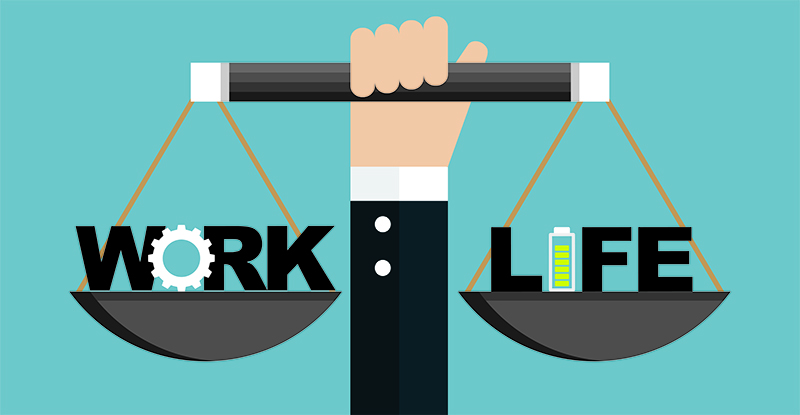Over one-third of all workers are regularly working more than 48 hours per week – a new ILO report reveals
The International Labour Organization (ILO) has released new report “Working Time and Work-Life Balance Around the World” which provides a comprehensive review of working hours and working time arrangements and their effects on workers’ work-life balance.
Improving and facilitating work–life balance has become an increasing focus for policymakers in recent decades. This need increased with the pandemic as workers started to seek new jobs that provided them with greater flexibility and the possibility to work remotely.
The report does not cover national laws related to working time. Still, it reviews the major global patterns and developments concerning the number of hours of work and working-time arrangements (work schedules) and analyses of both matches and mismatches between workers’ actual hours of work and their preferred hours of work based on the International Social Survey Programme (ISSP) Work Orientations IV Module (2015).
It shows that, globally, over one-third of all workers are regularly working more than 48 hours per week, while a fifth of the global workforce is at the opposite end of the spectrum, working short (part-time) hours, less than 35 per week.
Reviewing the most prominent working-time arrangements that currently exist, it shows that there has been an expansion of flexible working-time arrangements in recent decades: shift work, part-time work, flextime and time-banking arrangements; compressed working weeks; and schemes for averaging hours of work, including annualised hours of work, are more and more common.
The analysis shows that the classic standard workweek (8 hours per day, five or six days per week) provides stability to workers in planning their lives. Still, fixed schedules are often too inflexible for a balance between work and nonwork commitments. This balance can be reached with shift work, which, however, can require workers to work during atypical hours, with significant health risks and family life disruptions.
Part-time work (less than 35 hours per week) with predictable work schedules gives workers more time for their responsibilities and leisure, leading to a better balance between paid work and personal life.
The Report also analyses actual hours of work compared with workers’ preferred number of hours, highlighting that working longer hours than desired has negative effects, not only on work–life balance but, more broadly, on indicators of workers’ wellbeing, including life and job satisfaction, physical health and mental health.
Finally, the report provides an overview of working time-related crisis response measures deployed by governments and enterprises during the Covid-19 pandemic, such as work sharing or short-time work and home-based telework.
This global report suggests the need to promote reduced hours of work and offer more widely flexible working time arrangements, such as flexitime and telework.
These types of policies would help to improve work-life balance and thereby benefit both workers and employers. According to the Report, a healthy work–life balance among employees is also beneficial for employers and provides several positive effects for enterprises: companies that implement work–life balance policies benefit from increased retention of current employees, improved recruitment, lower rates of absenteeism, and higher productivity.

